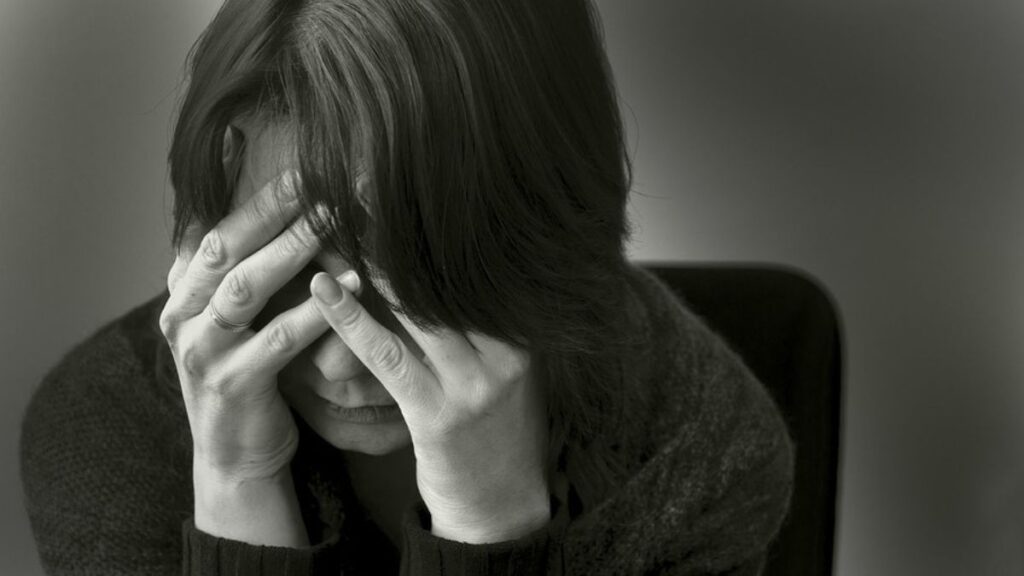Depression is often misunderstood as simply feeling down or upset, but it encompasses a wide range of emotional, mental, and physical symptoms. While sadness is a common element, depression can also involve fatigue, changes in sleep and appetite, loss of interest in activities, and difficulty concentrating. It varies in severity, from mild and situational to chronic and debilitating. Recognizing that depression is a spectrum helps break the misconception that it looks the same for everyone.
Understanding the individual experience of depression is essential to finding the right support. Treatment may include therapy, lifestyle adjustments, medication, or a combination of approaches. It’s important to acknowledge that healing is not one-size-fits-all. It’s helpful to see the full treatment plan to properly address individual needs, which can guide both patients and providers in managing symptoms and tracking progress over time. This comprehensive view supports long-term wellness and recovery. With consistent support and personalized care, individuals are more likely to regain a sense of stability. Empowering patients through tailored strategies builds confidence and promotes meaningful improvement.
Emotional and Physical Symptoms
Depression shows in many ways, including persistent sadness, emptiness, despair, loss of interest in activities, and feelings of hopelessness. It can also cause irritability, frustration, anxiety, and negative thought patterns. The physical toll of depression is significant, with changes in appetite, disrupted sleep, chronic fatigue, and unexplained aches, digestive problems, or headaches. These physical symptoms are not just mental but are real discomforts that complicate daily life with depression. The long-lasting nature of these symptoms makes it hard to function at work, keep up relationships, and engage in social activities, creating a cycle of withdrawal and isolation. The emotional and physical symptoms are not “all in the mind” but are real struggles that make living with depression more difficult.
Types of Depression
Depression doesn’t fit a single mold; it manifests in several distinct forms, each with its own patterns, severity, and challenges. Understanding these differences can make all the difference in seeking the right care and support:
- Major Depressive Disorder (MDD): Characterized by severe, pervasive symptoms like deep sadness, loss of interest, sleep and appetite changes, and concentration troubles lasting at least two weeks, making daily activities difficult.
- Persistent Depressive Disorder (PDD): Also known as dysthymia, involves chronic, less intense symptoms lasting two or more years, often perceived as feeling depressed “their whole life,” making it harder to detect and treat.
- Bipolar Disorder: Features episodes of depression and mania or hypomania, with depressive episodes as severe as MDD but with different treatment needs.
- Seasonal Affective Disorder (SAD): A depression linked to seasonal changes, often starting in fall or winter, with symptoms like increased sleep, weight gain, and withdrawal, often lifting in spring.
- Postpartum Depression: Affects some after childbirth, causing intense sadness, exhaustion, anxiety, or irritability, and can interfere with bonding, unlike milder “baby blues.”
Causes and Risk Factors
Depression arises from a combination of genetic, biological, psychological, and environmental influences. At the biological level, chemical imbalances in the brain’s neurotransmitters—including serotonin, dopamine, and norepinephrine—are often implicated in the onset and progression of depressive episodes. Certain medical conditions, such as chronic illness, thyroid disorders, or persistent pain, can also increase risk. A family history of depression is a significant factor, suggesting that genetics can play a powerful role in determining vulnerability.
Psychological factors also contribute. People who wrestle with chronic negative thoughts, low self-esteem, or who have experienced trauma—such as abuse or neglect—are at increased risk. Some personality traits, like perfectionism, hypersensitivity to criticism, or difficulty handling stress constructively, can increase vulnerability to depression, especially under pressure.
Environmentally, significant life events—loss of a loved one, divorce, financial stress, or prolonged interpersonal conflict—can trigger depression or exacerbate underlying predispositions. Social isolation, lack of support, or ongoing high-stress situations often contribute to the development or worsening of symptoms. Rather than a single “cause,” it is often a combination of these risk factors that brings about depression.
Diagnosis and Assessment
Accurate diagnosis is the key to getting the right help for depression. Mental health professionals use criteria outlined in the Diagnostic and Statistical Manual of Mental Disorders (DSM-5), which identifies depression by the presence of at least five specific symptoms—such as persistent sadness, loss of pleasure, significant appetite or weight changes, sleep disturbances, fatigue, trouble concentrating, or thoughts of death—for a minimum of two weeks and with significant impact on functioning.
Assessment often begins with a thorough clinical interview, in which mental health providers gather information about symptom history, triggering events, and personal and family medical history. Sometimes, standardized screening tools or questionnaires may be used to clarify the diagnosis and track severity. Because certain medical or psychological conditions can mimic symptoms of depression, a comprehensive and holistic review—including blood tests or physical exams—is sometimes needed to rule out other explanations.
Treatment Options
There is no universal formula for treating depression; instead, a personalized approach delivers the best results. Psychotherapy is one of the first-line interventions, with Cognitive Behavioral Therapy (CBT) being particularly effective in helping individuals change patterns of thinking and behavior that reinforce negative moods. For moderate or severe depression, combining therapy with antidepressant medication—such as selective serotonin reuptake inhibitors (SSRIs) or serotonin-norepinephrine reuptake inhibitors (SNRIs)—often provides the most noticeable improvement.
Additional therapeutic options, such as interpersonal therapy, acceptance and commitment therapy, or group therapy, can also be beneficial. Emerging treatments, including transcranial magnetic stimulation and ketamine infusions, offer hope for individuals who do not respond to conventional interventions. Lifestyle strategies are a crucial part of any plan: regular exercise is proven to boost mood, good nutrition supports brain health, and consistent sleep routines help stabilize emotions. For those experiencing Seasonal Affective Disorder, light therapy using a specialized lamp may significantly reduce symptoms. Mindfulness practices, meditation, journaling, and breathing exercises can also help manage stress and improve resilience.
The optimal treatment is one that is individualized to each person’s background, symptoms, preferences, and needs—always developed in collaboration with qualified mental health professionals.
Supporting Someone with Depression
Supporting a loved one with depression requires compassionate understanding over solutions. Listen actively, validate feelings, and encourage professional help. Assisting with daily tasks, gentle reminders, or just being present can make a difference. You can’t ‘fix’ depression, but empathy and patience build trust and aid recovery.
Caregivers and friends must practice self-care to avoid burnout. Connecting with others or support groups offers encouragement. Ensuring everyone’s well-being is crucial for sustainable, compassionate care.
Understanding depression’s spectrum helps find hope and solutions. Early intervention, treatment, and support pave the way for recovery, showing those affected they’re not alone and a fulfilling life is possible.







